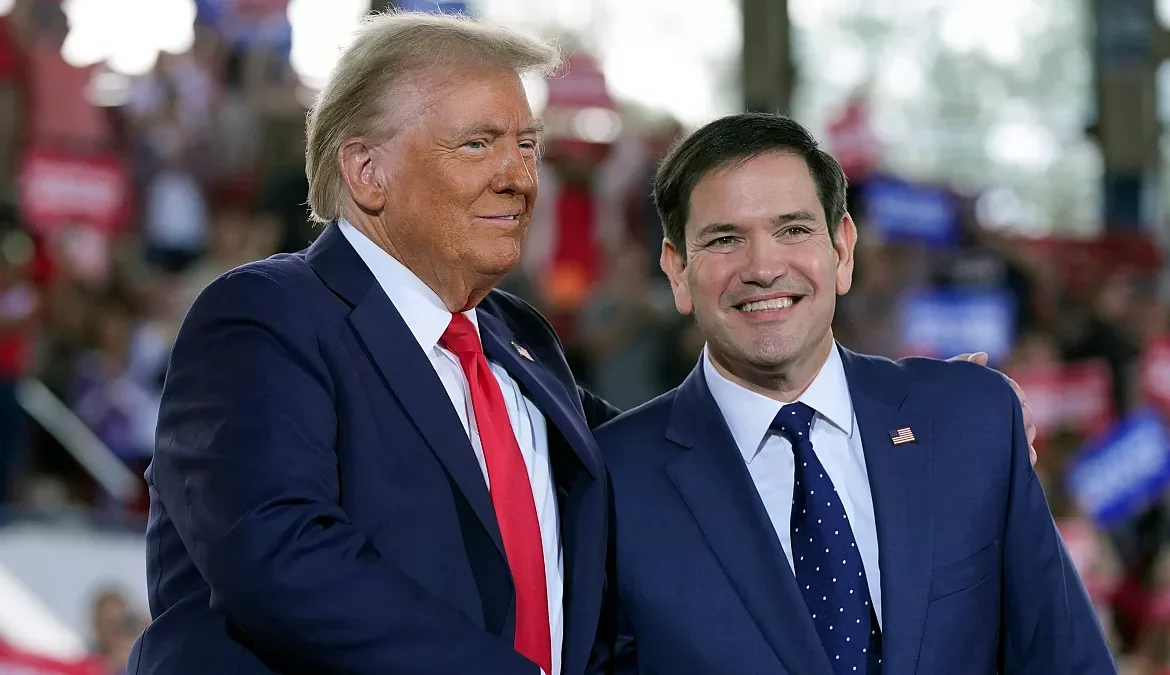Rubio: America Built the Panama Canal, and Enforcing Trump’s Decisions Is a Priority
The Panama Canal, a monumental engineering feat constructed by the United States in the early 20th century, has recently resurfaced as a focal point in U.S. foreign policy. Under the guidance of Secretary of State Marco Rubio, the Trump administration has prioritized reasserting American influence over this critical waterway, reflecting broader geopolitical strategies and historical ties.
Historical Context of the Panama Canal
Completed in 1914 after a decade of arduous labor, the Panama Canal was a testament to American ingenuity and ambition. Initially under U.S. control, it facilitated global trade by connecting the Atlantic and Pacific Oceans. The canal was handed over to Panama in 1999 under the Torrijos-Carter Treaties, but recent concerns over foreign influence—particularly from China—have reignited debates about its strategic importance to U.S. interests.
Rubio’s Diplomatic Mission
Marco Rubio, appointed as Secretary of State, has made the Panama Canal a cornerstone of his early diplomatic efforts. During a recent visit to Panama, Rubio emphasized the canal’s significance to American national security, echoing President Trump’s stance on reducing foreign control over key infrastructure. Rubio has expressed concerns over Chinese-operated ports near the canal, arguing they pose a potential threat to global trade routes vital to the U.S. economy.
Trump’s Decisions as a Driving Force
President Trump has repeatedly called for reasserting dominance over the canal, citing unfair tolls and strategic vulnerabilities. His administration views the canal not just as a trade route but as a symbol of American influence in Latin America. Rubio’s mission aligns with Trump’s directives to renegotiate terms with Panama, ensuring U.S. interests are safeguarded while maintaining regional stability.
Challenges and Future Prospects
Despite these ambitions, Panama has firmly rejected any negotiation over sovereignty. Rubio faces the challenge of balancing diplomatic pressure with fostering cooperation on issues like migration and trade. The path forward requires careful navigation to avoid escalating tensions while pursuing America’s strategic goals.
Rubio’s focus on the Panama Canal underscores a broader effort to reinforce U.S. influence in its historical sphere. As Trump’s decisions guide this agenda, the administration must tread carefully to achieve its objectives without alienating allies. What are your thoughts on this approach? Share your views below!




